Oil pastel (also called wax oil crayon) is a painting and drawing medium with characteristics similar to pastels and wax crayons. The surface of an oil pastel painting is less powdery, but more difficult to protect with a fixative. Oil pastels provide a harder edge than other pastels but are more difficult to blend.
The surface chosen for oil pastels can have a very dramatic effect on the final painting. Paper is a common surface but this medium can be used on other surfaces including wood, metal, hardboard, MDF, canvas and glass.

Basic tips we need:
- Always create with newspaper underneath to catch oil pastel flakes.
- Try layering techniques for endless possibilities.
- Keep a small rag handy to wipe off dirty or stained oil pastels.
- Smoothly add pastel in one direction on paper.
- If using your finger (or hand) remember to clean it regularly to avoid contamination of the painting with colors previously blended.

New to using Oil Pastel? Here are 9 Oil Pastel using techniques you need to know.
1. Coloring with the end of pastel:
The simplest way to use a oil pastel is to color with the end, holding it as you would a pencil or pen. The resultant line has great expression, conveying a sense of the gesture you made.Alter the thickness of the line by varying the pressure you’re applying to the pastel. The harder you press, the more pastel you’ll be putting down on the sheet. For thinner lines, press more gently or use the edge.

2. Color Mixing:
Apply a rich layer of oil pastel then follow with another color applied on top. Continue to blend/layer additional colors to achieve your desired hue.

3. Stippling:
Using small, choppy strokes, create a stippled effect on your paper. Layer additional colors for depth within your technique.

4. Scumbling:
Apply controlled, scribbled marks of oil pastel. Build up with additional layers of various colors to reach desired value and texture.

5. Sgraffito:
Overlap two thick layers of different oil pastel colors on paper. Using a paper clip or wooden stylus, scratch or scrape away line designs revealing the color underneath.

6. Oil:
Using a cotton swab soaked in baby oil, smooth the oil pastel to create blended color or your paper. Let dry overnight.

7. Dusting:
Rather than scumbling a pastel over the top of an existing block of color, try dusting. Hold a pastel over the block of color (it is easier if this has been fixed, but not essential) and scrape the stick's surface to create dust. Once you are happy with the arrangement of dust on the paper, use a flat palette knife to press the dust into the surface.

8. Mandala Coloring:
For doing Mandala design with oil pastel, you will need oil pastel colours, 8B/10B Graphite pencil & mechanical pencil for doing thin lines. First, Color the surface with different colours, then start doing Mandala design.That’s it.

9. Zentangle Coloring:
The Colouring book craze has been around for many years and inspired busy grownups to take a moment and create—without deadlines or expectations. But if you’re an avid colorer who’s looking to change up your creative routine, we have something new to try: a Zentangle art is easy to do and offers a relaxing way to engage in art-making and it is an meditative art. Rather than filling in someone’s drawings, however, you are the one producing the patterns.

Try these techniques the next time and you will be surprised at the flexibility of this medium. If you want to know more about other media, refer these links below
Color Pencil Using Techniques for Beginners Crayons Using Techniques for Beginners Felt Tip Pens Using Techniques for Beginners Markers Using Techniques for Beginners Glitter Pens Using Techniques for Beginners Brush Pens Using Techniques for Beginners Pencil Shading Using Techniques for Beginners Charcoal Pencil Using Techniques for Beginners Oil Painting Using Techniques for Beginners Acrylic Painting Using Techniques for Beginners Gouache Using Techniques for Beginners To explore our Coloring Books
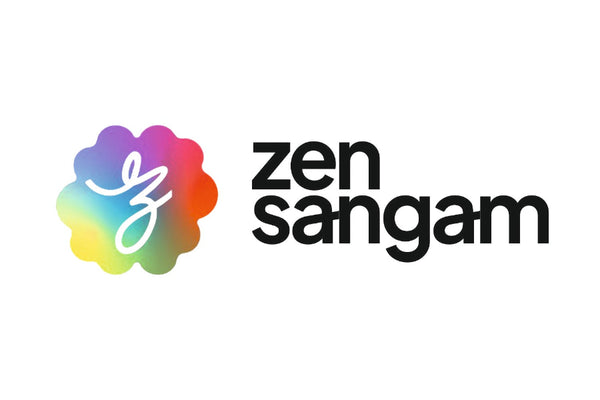
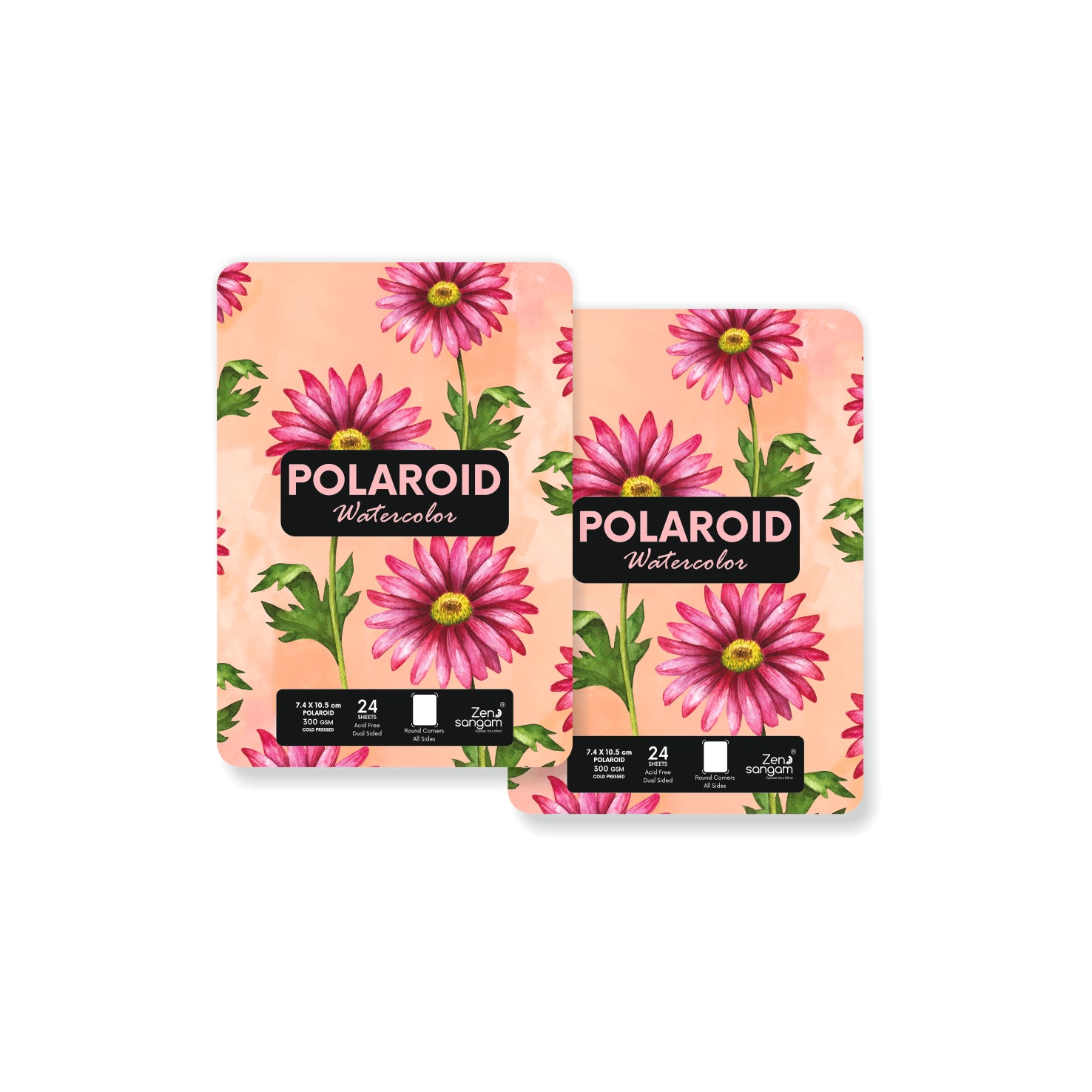
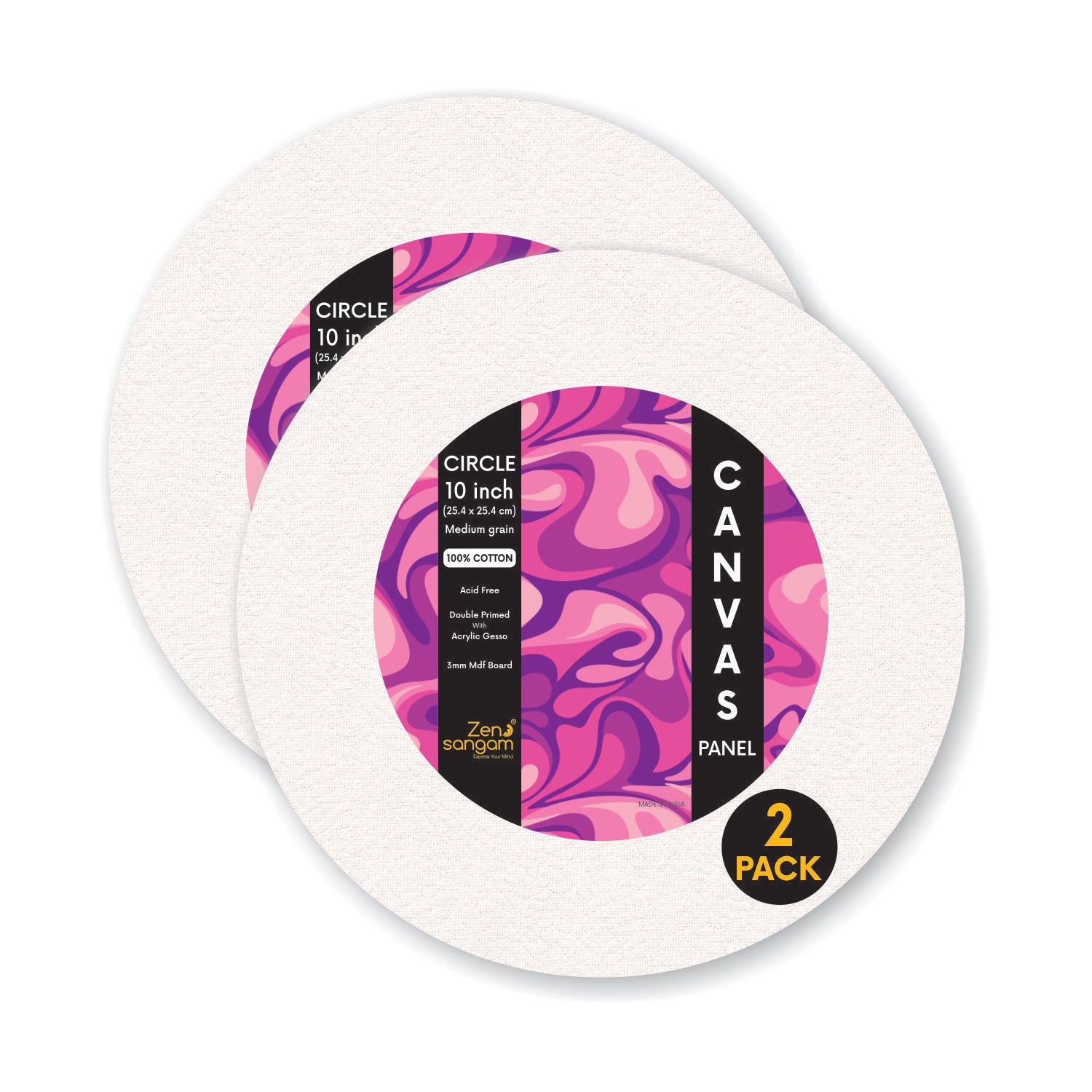
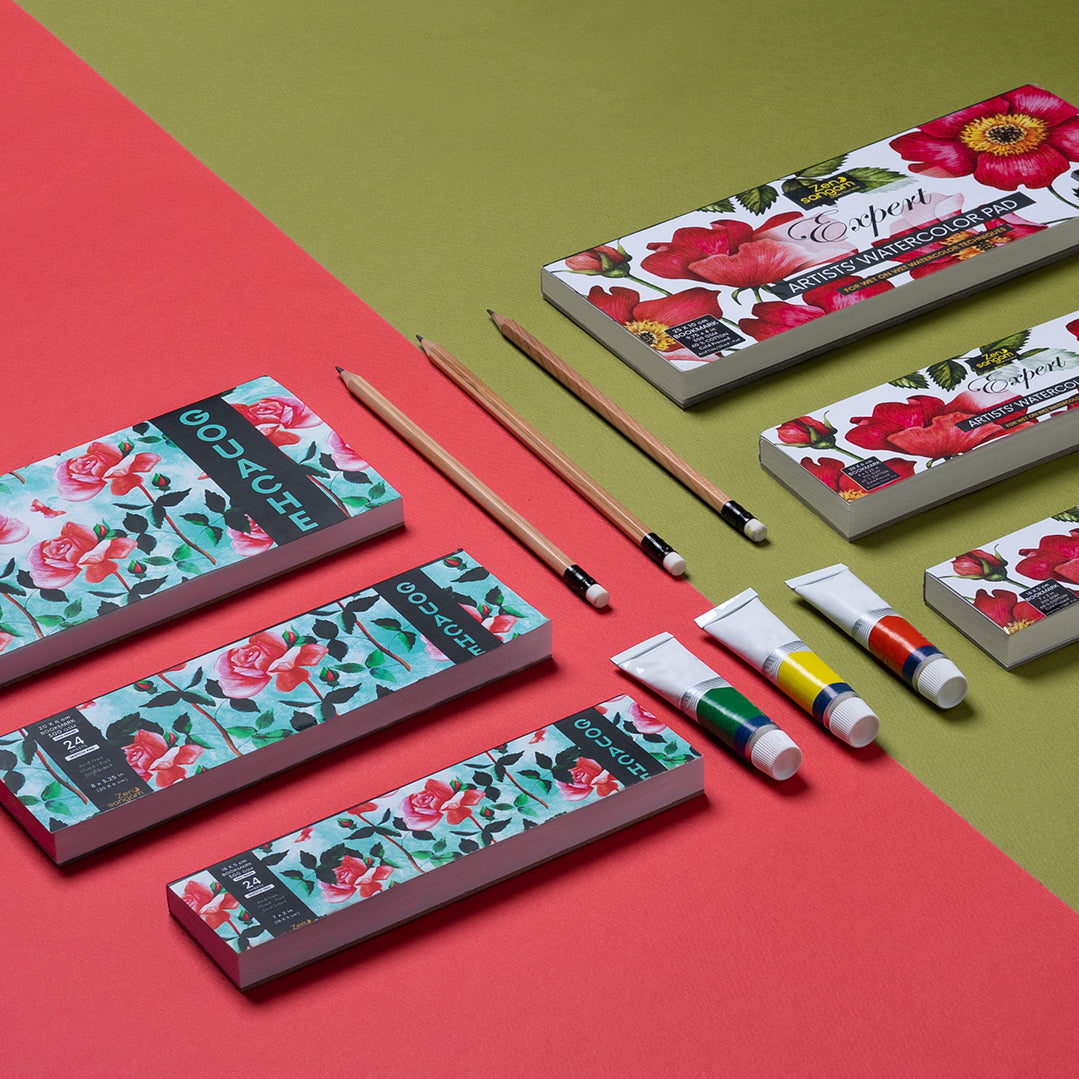
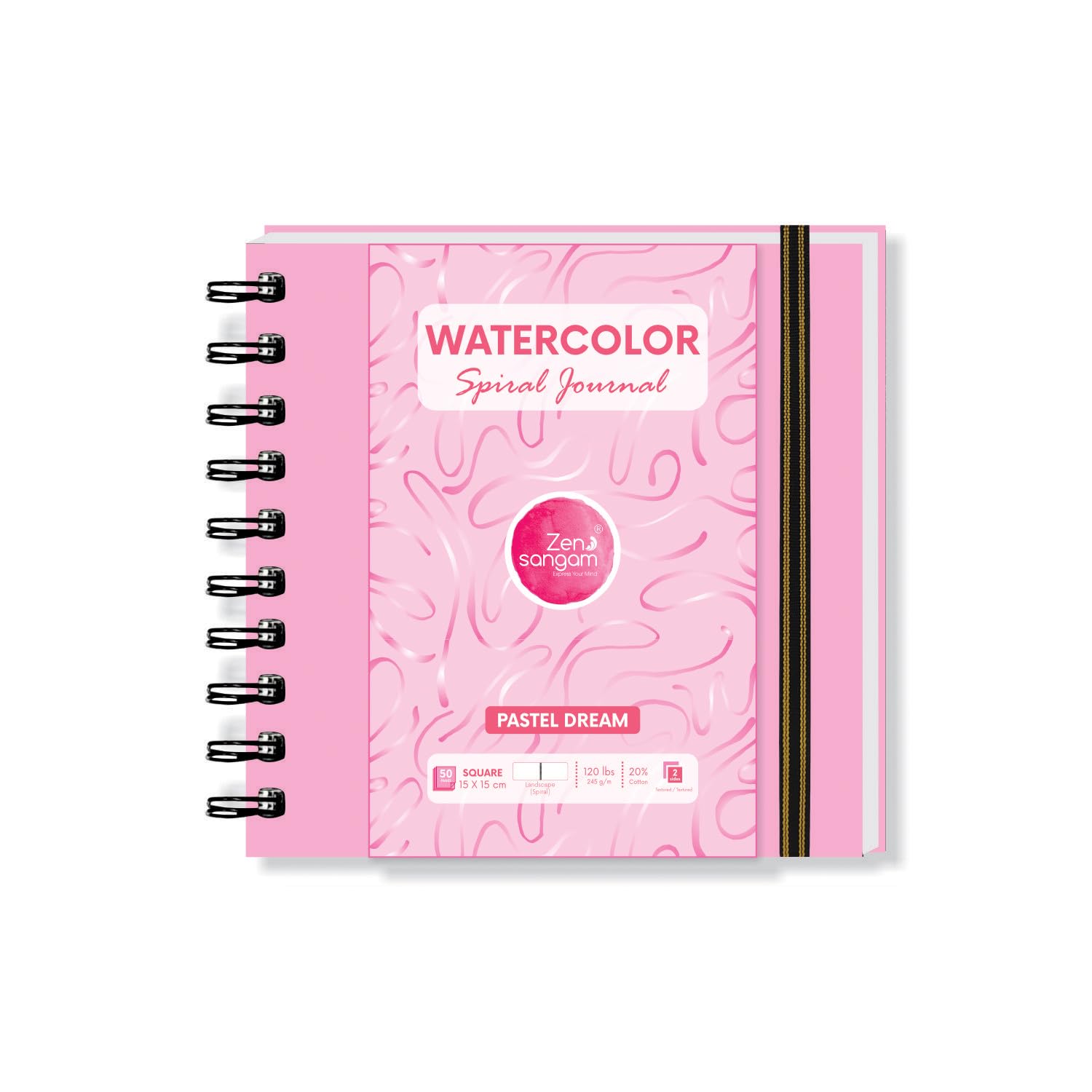

Comments
Hello